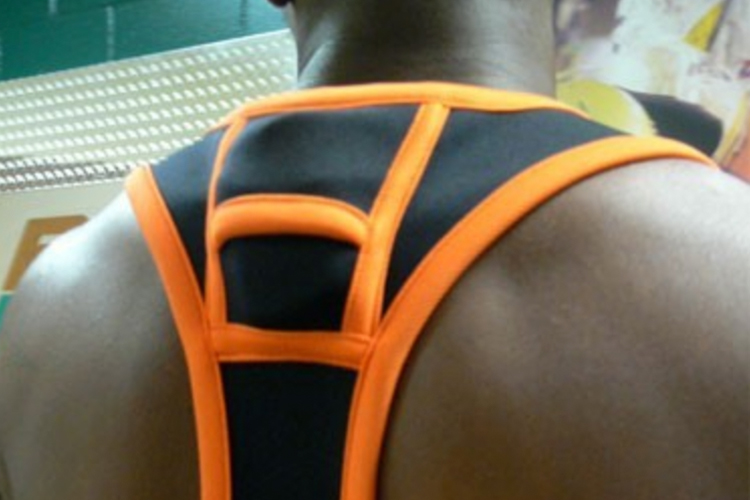Sports Biomechanics
Sports Biomechanics - Movement Meets Tech.
Sports biomechanics is one of the fundamental disciplines in the larger field of sports science. The area incorporates the detailed analysis of the fundamental movements in sport with the aim of reducing injury risk and improving sports performance. Researchers looking at the physical aspects of performance use sports biomechanics analysis to try to understand the relationship between kinetics and physical performance. Biomechanical analysis can have a huge impact on performance by creating models for optimal movement and load analysis. This is used to determine the safest or most efficient way to move or perform a skill, and investigate the impact a different environment can have on how the body moves or reacts.
Kinetics vs Kinematics.
Research on sports biomechanics is traditionally divided into the study of kinetics and kinematics. Kinetics is the study of the relationships between the forces acting on the body and how those forces affect motion. Kinematics is the geometry of the motion of objects which includes displacement, velocity and acceleration. In simple terms, kinetics studies the forces that cause motion (gravity, friction, etc.) while kinematics describes the motion itself (velocity, acceleration, etc.)

Sports Biomechanics And Load Bearing Techniques.
Sport biomechanics often focuses on lower limb biomechanics due to the role our legs play in locomotion. One area of research which has occupied scientists over recent years is understanding fatigue and the impact it has on our bodies. Researchers use biomechanical assessment tools such as force plates or inertial sensors to gain an understanding of the forces acting on the body and how their kinetics and kinematics interact. Muscle mechanics come into play when athletes are being analysed for dynamic movements. How their muscles react to certain pressures can reveal clues about their injury risk and the duration of their recovery. Inertial sensors measure the granular metrics of displacement, velocity and speed of movement in a straight line or rotary direction. Findings from these tests inform proper load bearing techniques to help preserve overall athlete health.
Turning Theory into Practice
So how do people actually use this data to improve their practice? We’ve collected a list of case studies and articles that share insights from different practitioners on how they’ve used biomechanics in sports to improve the health and performance of their athletes and patients:
- Using step intensity and tibial shock to guide recovery from navicular fracture. A case study with Holly Lawrence.
- Lower limb monitoring for injury rehab. A case study with the University of Memphis.
- Sports biomechanics: GPS vs. Inertial Sensors. Why GPS may be miscalculating your athlete’s mechanical load. Part 1, Part 2
- Using inertial sensors to improve the return to play process. A case study with Loughborough University.

